How to Grow Plants (salad) in Shipping Containers Using Hydroponics : A Case Study of the Nigerian Soil-Free Salad Farm - The first containerized Farming in Africa.
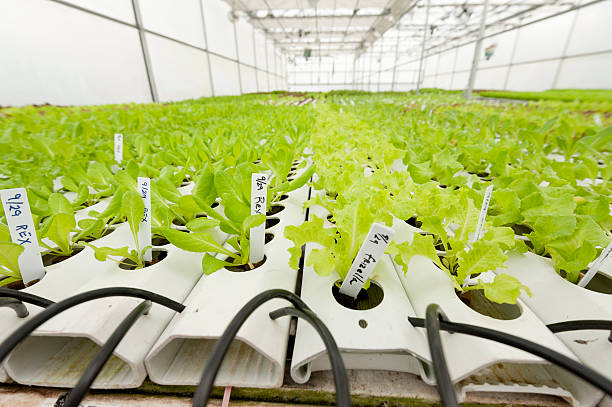
credit
Hello fellow steemians!
I'm grateful to be here again. I want to thank everyone who find time to read my articles, support me and give me feedback.
Special thanks to the #steemstem and #steemng community for giving me the opportunity to share my articles. A very big thank you to my good friend @dreemsteem for inspiring me to write on this. Today I will take you on the topic "How to grow plants in shipping containers using hydroponics ". We shall look at the hydroponics farming system used in the Nigerian soil-free salad farm.
Some of us may have heard of the word "hydroponics", most of us may be asking, what is he talking about? how can a plant grow without the soil? and so on. In this article I will tell you what hydroponics is all about and how plants grow without soil.
Click here to watch the hydroponics Nigerian salad farm
Hydroponics (which is also called "water working") is the method of growing plants without using soil, in a flow of highly oxygenated mineral nutrient enriched water.
The mineral nutrients in hydroponics can come from using byproducts such as duck manure, fish waste or normal nutrients (fertilizer) and so on.
The applications of farming inside a container are endless. With hydroponics system of farming farmers all over the world can now grow crops when and where it is needed irrespective of the climatic condition for crops or plants production . This process is done by growing plants in shipping containers.
I will be explaining how to set up a salad farm in the above video you just watched.
Setting up a Hydroponic Farm
Before you set up a salad or other crops hydroponic farm, the first thing to consider is the location enclosed with a structure for example shipping container. The second is the tools and materials needed for the hydroponics salad farming which are as follows:
- An empty land
- An empty container
- Get the hydroponics supplies and install it.
- Salad plants
- Nutrients infused water
- LED light
- PH testing kit
- Plant clips
- PVC pipe
- Planting cups
- Plastic tubing
- Fertilizer for a hydroponics system
- Nutrient gallon tank
- Expanded clay pebbles
- Pump
First Step
Fix the Hydroponic system : I will be using a six growing tubes made of 6 inches pvc pipes, connection or distribution pipes made of pvc, the nutrients tank. The nutrient tank can be placed at a place where it can flow freely into the growing tubes. The pump is inside the tank where it can move the nutrients up to the plants through the manifold of smaller pvc pipes and plastic tubes. A drain pipe is constructed in each of the growing tube that goes back to the tank. The constructed manifolds send pressurized water to the tubes. The nutrient tubes have small holes in them , one hole between each plant site. The nutrients shout out the hole and spray and spray the plant root. The movement of water makes air bubbles, so there is enough oxygen for the salad plants. The LED should be installed, it serves as supplementary to daylight for the salad or other plants to grow.
Second Step
Mix the nutrients and water in the tank : The tank should be filled with water, then add some nutrients into the water as recommended in the nutrient label. Switched on the pump and allow the system to run for 20-30 minutes. This will enable the nutrients to mix properly.
Third Step
Insert the salad plants in the growing tubes : make sure the salad roots or other roots you want to plant are clean, insert as many salad roots as you can through the bottom of the planting cup, after that you add expanded clay pebbles to hold the plants firmly and in the right place.
Fourth Step
Tie the plants to the trellis : This depends on the type of plant. The plant clips and strings should be used to tie, the essence is for the string to give support for it to climb up as to maximize the space in the shipping container.
Fifth Step
Switch on the pump and checkmate the system everyday : the water levels should be checked daily as to ascertain the water loss due to excessive heat . The PH and nutrients level should be checked in few days . Don't allow the tank to dry.
Sixth Step
Checkmate the salad growth : In few weeks time the salad or other plants will grow and cover the trellis because they are provided with all the nutrients required for proper growth.
Seventh Step
Always inspect for pest and diseases : It is no doubt that hydroponic plants are good at fighting off diseases, they still have to fight pests. However, it should be inspected because insects and diseases can find their way into the confined space. If you noticed any bug, plug it out and dispose it immediately.
Advantages of Hydroponics Farming System
The benefits of growing hydroponics plants or crops are as follows :
- It increases the the of growth in the plants. If properly setup, Plants will mature up to 25% and produce up to 30% more than the same plants grown in the soil.
- The plants will grow bigger and faster because they will work so hard to get nutrients
Disadvantages of Hydroponics farming System
Despite the many advantages or benefits of hydroponics farming system, there are also few disadvantages . They are as follows :
- The cost of owning a hydroponics system is higher than renting a plot of land for farming.
- Setting up of a large scale hydroponics system is usually difficult, especially if you don't have the experience.
- If the pump fails to function, it can kill your plants .
Types of Hydroponics Systems
One good thing about hydroponics is that there are different types of it. You can also choose the type you want. Below are some types of hydroponics systems :
- Deepwater culture
- Nutrients film technique
- Aeroponics
- Wicking
- Ebb and flow
- Drip system
In my subsequent articles, I will be treating on the types or methods of hydroponics systems.
Conclusion
The team that carried out this project here in Nigeria are commendable. This is the first containerized farming system in Africa. The aim is to show that we can still do sustainable urban farming where ever we are. One good thing about hydroponics is that they grow any plant or crops round year. Whether raining or dry season.
References
If you write STEM (Science, Technology, Engineering, and Mathematics) related posts, consider joining #steemSTEM on steemit chat or discord here. If you are from Nigeria, you may want to include the #stemng tag in your post. You can visit this blog by @stemng for more details. You can also check this blog post by @steemstem here and this guidelines here for help on how to be a member of @steemstem.
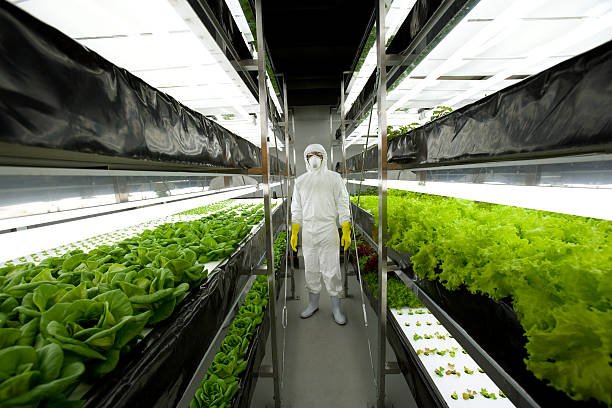
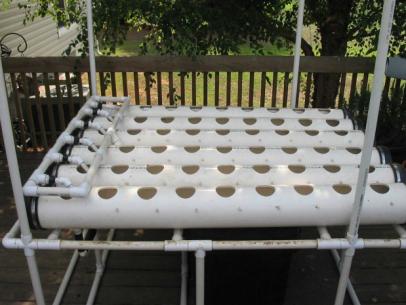
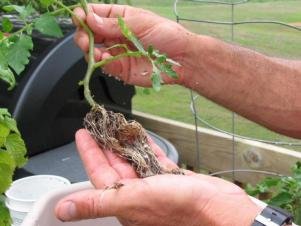
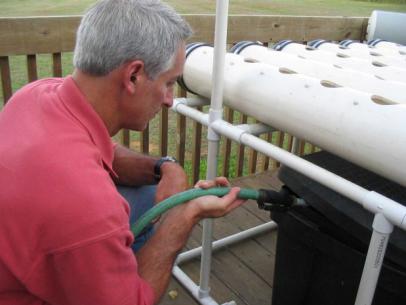
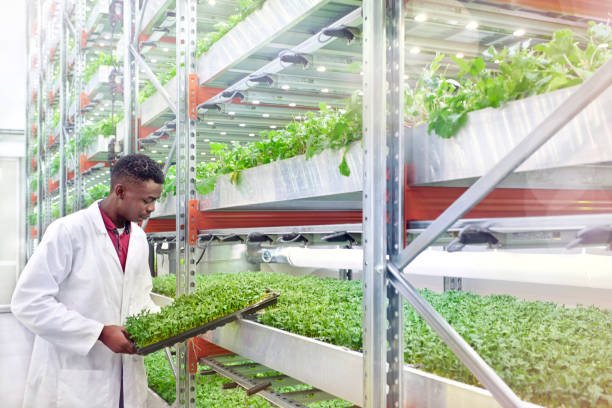
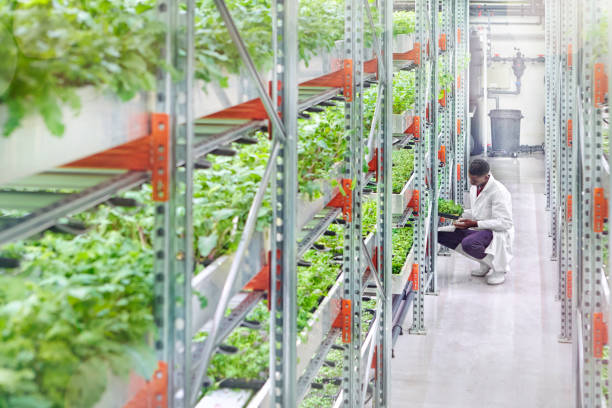



Really interesting post thanks for the good content.
Thanks for your contribution.
This post has received a 0.08 % upvote from @drotto thanks to: @banjo.
I loved all your hard work!!! You made this so interesting!!! pixabay is a good source for free images! :)
hey - are you going to try to do this on your own?? a small scale experiment??? that would be so awesome to follow your progress!
I have some friends that create entire aquaponics systems...(where the fish and vegetables share the same water) i've always wanted to try that! :)
Yeah. I know of aquaponics. I once practice hydroponics many years ago . But it was an outdoor hydroponics. Thanks for your contribution. @dreemsteem
Images are from the copyrighted sources. Please, use only free images.
Ok boss. thanks aplenty.
Well done! This is very detailed and well explained. Agriculture has evolved o.
Pls dear,I have a question. Is hydroponics farming system the same as soilless farming?
Thanks for your feedback.
Yes. Hydroponics farming system is simply water working farming. Without the use of soil. It is a soilless farming system.
Okay. Thanks a lot for the Information.
This is very informative for me.Hydrophonics give us a chance to make a graden with just small space. Ohh, I miss reading your blogs @masterwriter.